One of the cornerstones of a successful response system to a disease outbreak such as the Sudan virus disease (SVD) is the effective coordination of partners. For this reason, this role is usually the preserve of the Ministry of Health (MoH), closely supported by the World Health Organization (WHO) as co-chair.
Should partner coordination fail, the consequences could be dire, most importantly, loss of lives. They could also include haphazard activity implementation, duplication, resource wastage, and underfunding. Effective partner coordination starts with forming the national coordination committee with relevant membership and preparing a response plan and budget.
For the SVD outbreak in Uganda that was declared on 30 January 2025, MoH constituted the coordination team in just a few hours and immediately notified WHO as required under the International Health Regulations. Of course, experience from previous outbreaks was a major factor in the subsequent smooth flow of response processes.
The first coordination meeting in disease outbreaks matters significantly as it sets the tempo and rhythm for the entire response. Within 24 hours after the official notification, Dr Mike Ryan, the WHO Deputy Director-General and Executive Director of the Health Emergencies Programme, was in Uganda to support coordination and oversee the rollout of the response system. He arrived in the country on 31 January 2025 and met the MoH leadership and the humanitarian team the next day. His brief was to leverage WHO’s extensive and tested technical guidance and expertise in coordinating a comprehensive, system-wide response to the Ebola outbreak.
At the same time, Dr Ryan and Dr Kasonde Mwinga, the WHO Country Representative, engaged the Ministry of Health strategic advisory committee (SAC), the highest decision-making body in the incident management system that leads coordination of response efforts and resource mobilization. This was critical, as the SAC drives the entire response and directly advises the Minister of Health on all outbreak response activities.
To augment the outcome from the SAC, the MoH and WHO convened a strategic partners’ meeting to reassess the response strategies considering the evolving epidemiological trends. The outcome included re-strategizing, resetting priorities, mapping resources, and aligning partner interventions for the next 210 days of the response.
However, coordination is not done only at the national level, and it must be planned to ensure the participation of leaders, partners, and responders at the lower level, especially in the outbreak and hotspot districts. Therefore, on 7 February 2025, a high-level delegation comprising MOH and WHO officials met and engaged district, cultural, and religious leaders in Mbale district to enlist their support and participation in the response and boost community awareness of SVD.
The MOH and WHO high-level team held similar coordination visits and meetings in Fort Portal City and Kampala Capital City Authority, engaging leaders, local partners, responders, and frontline health workers to devise and agree on containment strategies based on sound technical expertise.
As integration is one of the principles for disease outbreak response, the high-level delegation also assessed the Ebola isolation centres, the field laboratory, the treatment units at the regional referral hospitals, and the village health teams to assess readiness and the presence of the required materials, tools, and skills for efficient operation. In the same assessment missions, WHO delivered essential medical supplies, including personal protective equipment, diagnostic kits, and treatment supplies, to support local health facilities in managing cases.
Other crucial activities undertaken by the response coordination teams were convening high-level partners’ meetings on the outbreak to inform partners about the outbreak situation, response and launch the national response plan, highlighting priority needs and gaps. Similarly, in the second month of the outbreak, a two-day Early Action Review (EAR) meeting was conducted, focusing on key enablers, delays, and recommendations for the national response. Participants shared best practices and identified improvements to strengthen the outbreak response.
For the UN personnel in Uganda, the WHO coordination team hosted a town hall meeting for over 600 participants and provided them with current public health information on Ebola prevention and control.
At the same time, the WHO team met representatives of the UN and diplomatic agencies in Uganda and agreed on the collective commitment to strengthening the response. The meeting served as a crucial platform to accelerate efforts and receive updates on partner mapping, resource mobilization, and utilization.
By 31 March 2025, 12 confirmed and 2 probable SVD cases had been detected and confirmed in Uganda. Of these, only two died in the Ebola Treatment Unit, a testament to the good patient care and treatment in this response. Following the full recovery and discharge of all confirmed cases, the focus has now shifted to sustaining active surveillance and ensuring the public remains alert and engaged in prevention strategies, meaning the national and local coordination teams still have more work to do.
WHO acknowledges all partners who have provided resources through the WHO Contingency Fund for Emergencies (CFE) to support the Sudan virus disease outbreak response in Uganda. These are: Germany, Norway, Ireland, Canada, France, New Zealand, Kuwait, Portugal, Philippines, Republic of Korea, Switzerland, Estonia and WHO Foundation. Additionally, WHO appreciates the generous contribution from the United Kingdom, Republic of Ireland, Health Emergency Preparedness and Response (HERA) – European Commission, IDRC, and African Public Health Emergency Fund (APHEF) to support WHO interventions.

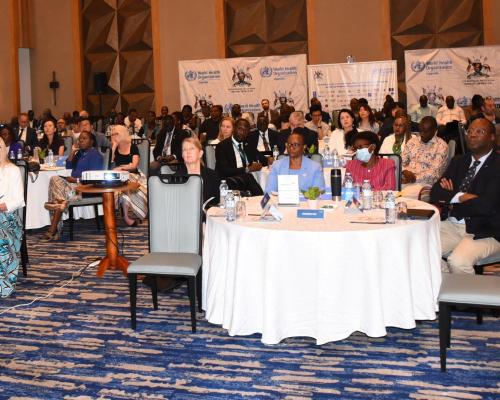
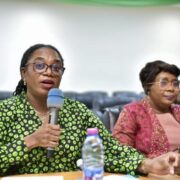


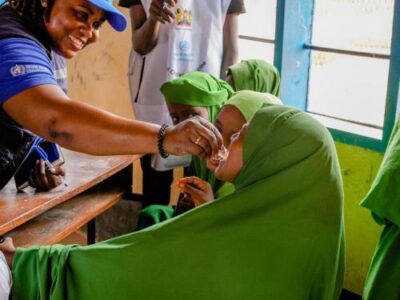
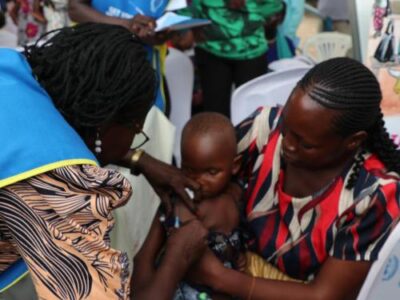

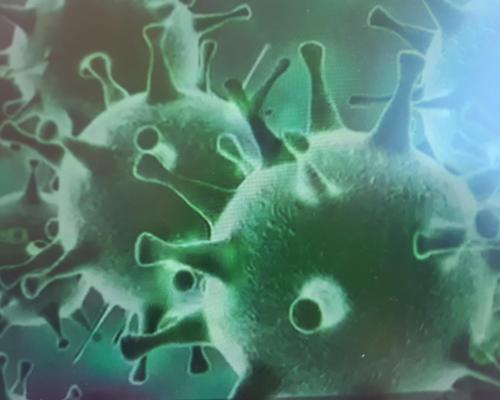
Comments